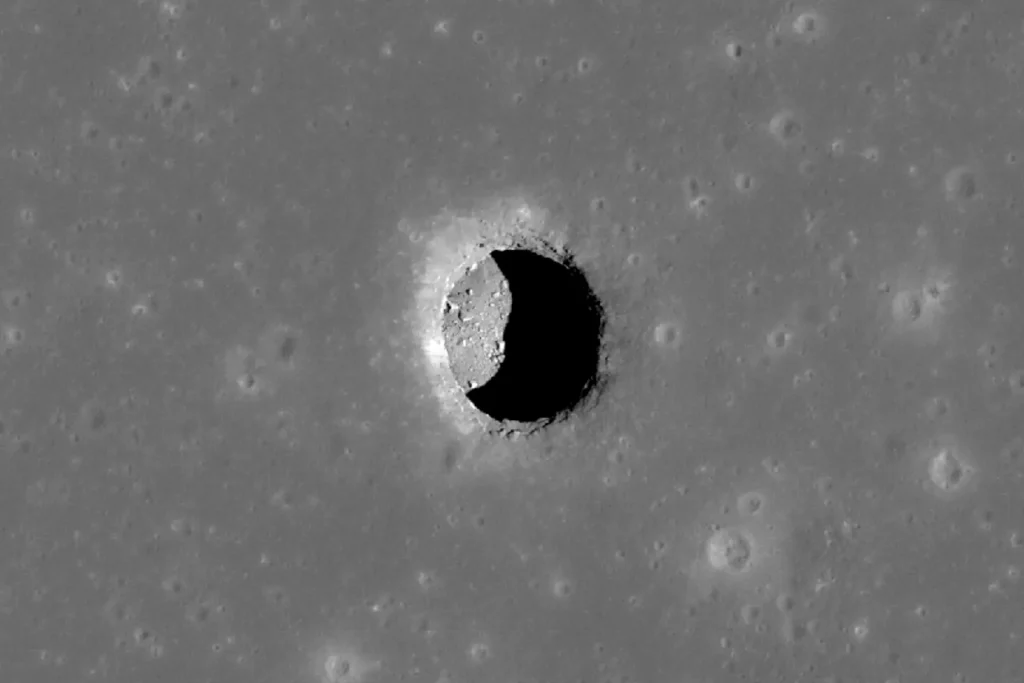
Moon caves can provide constant temperatures all year round
The moon’s surface isn’t exactly the most convenient place to put your luggage. On site, temperatures fluctuate wildly, turning you into roast meat during the day and an ice cube at night. However, it is a different story. Some environments can already provide us with relatively stable ambient temperature ranges.
Lava tubes and pit pits
NASA and other agencies aspire to establish a permanent presence on the Moon. Such a presence could not only provide opportunities for science, but also facilitate missions to Mars and beyond. However, the lunar surface is not exactly a vacation spot. Between solar radiation, cosmic rays, meteor impacts, and temperature extremes (between 127°C during the day and -173°C at night), conditions On site Put the human body to the test.
For several years also, many space players have been exploring the possibility of establishing themselves inside lava tubes (or moon caves). Their really thick surfaces can provide natural protection against these various threats.
As a reminder, a lava tunnel forms when a volcanic flow at the surface cools, forming a hard crust, but its core remains liquid, allowing the lava to continue to flow. When the flow stops being fed by the molten lava, it empties and leaves a tunnel-like cavity. Some of them can be several kilometers long.
On the other hand, pit pits are formed from the collapsed roofs of these empty spaces. Collapse craters are found in every major rocky body in the inner solar system. However, distinct overlaps have been observed only on Earth and the Moon where they are usually the result of structural instability caused by seismic activity, tectonics and/or meteor impacts.
There are now sixteen confirmed features of collapse craters on the Moon that may have originated from networks of lava tubes. Its diameter varies from 15 to 150 meters.

ambient temperature
as part of a studyRecently, researchers used thermal camera data from the Reconnaissance Orbiter (LRO) to measure the temperature inside one of these craters. This is a gap hundred meters It is located in the famous area calm sea.
At the end of their analyzes, the team of scientists found that the crater’s thermal environment was more favorable than anywhere else on the Moon, with at least the temperature difference. About 17°C where the sun doesn’t shine directly. If a cave extends from a hole like this (which we can’t be sure without going there), it can also maintain a similar temperature that is different from Less than 1°C over a full lunar day.
Of course, future lunar bases located inside these caves will eventually have severe climate control anyway. However, this finding suggests that these systems may not need to work as hard as we thought.

“Organizer. Social media geek. General communicator. Bacon scholar. Proud pop culture trailblazer.”
